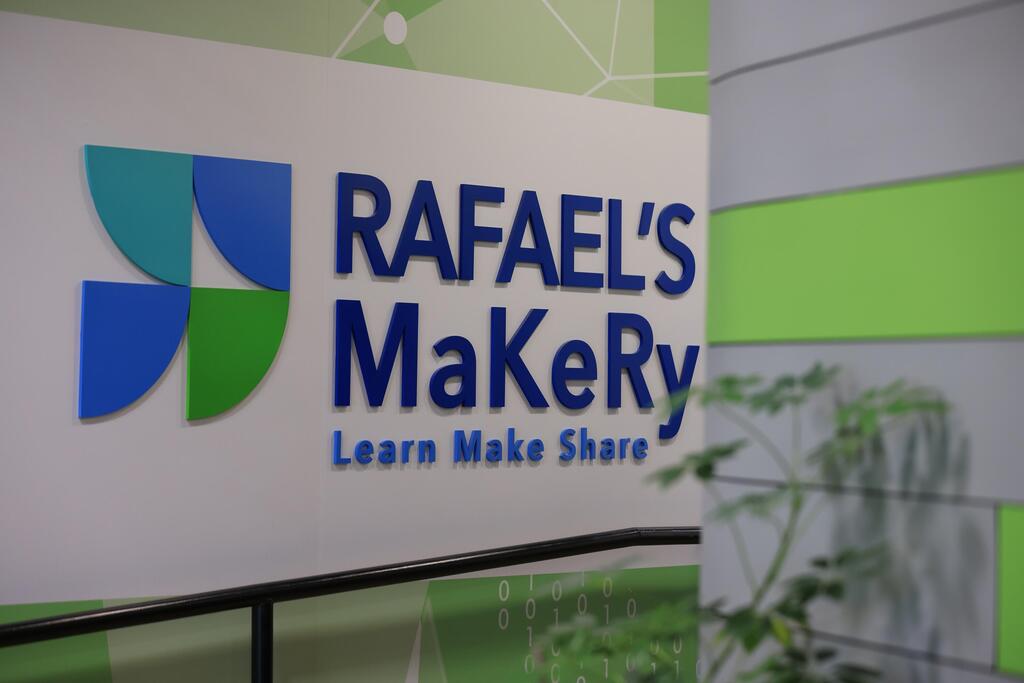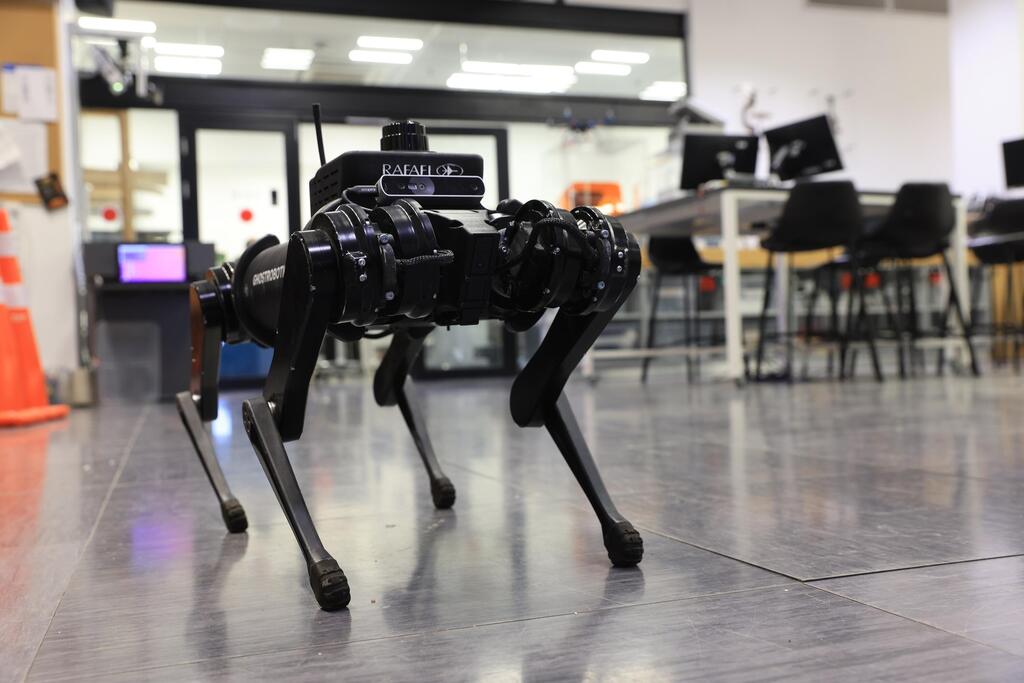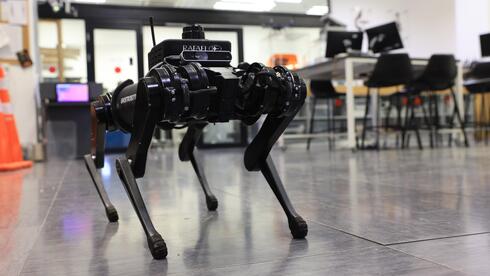Summary:
Rafael's internal makerspace promotes rapid innovation and collaboration among engineers.
The motto “fail fast” drives quick testing of ideas and risk management.
Equipped with advanced tools, the lab is a one-stop shop for innovation.
Real-time solutions were developed during the conflict in Gaza, showcasing the lab's agility.
AI and robotics play a crucial role in future military applications.
In a wide, open workspace, engineers from various disciplines—mechanical, software, algorithmic, and image processing—collaborate in Rafael's internal makerspace, designed to break conventions and generate solutions at lightning speed.

A Shift in Development Philosophy
The philosophy here departs from conventional, slow-moving and costly development cycles. Instead, the motto is “fail fast,” according to M., the center’s director. The goal is to quickly identify risks and test feasibility, even if that means learning an idea doesn’t work. “A good failure is one we reach quickly, with insights for the next round,” M. said.
Equipped for Rapid Innovation
The space is equipped with all the tools necessary to turn concepts into reality: multiple types of 3D printers, advanced soldering stations, and high-powered machines. In short, it’s a one-stop shop for rapid innovation.
From Concept to Field Trial in Two Weeks
The aim is to eliminate red tape and move from concept to field trial within two weeks. Any Rafael employee with a viable idea can pitch it to a dedicated review team. Instead of seeking investors, these pitches are presented internally and can be backed by small budgets from existing projects.
Real-Time Solutions During Conflict
This fast-paced model proved itself during the recent conflict in Gaza, where teams developed real-time solutions for units in the field. “We had to invent tools on the spot to help the different units,” explained a developer.
The Role of AI
The lab is also a fertile ground for advanced applications of artificial intelligence. Leading AI researchers use the space to rapidly seed and test ideas. The goal is to make tools that not only see better but understand context and make autonomous decisions.
Robotics and Future Innovations
While humanoid robots replacing soldiers remain a distant prospect, autonomous machines are already performing support roles, such as carrying gear or conducting reconnaissance. Rafael is working on a custom language model that would allow commanders to give orders to robots using natural speech.

Building a Growth Engine
Strategically, Rafael sees the innovation hub as more than a tech incubator; it’s a tool for shifting corporate culture. The company invests around 8% of its $4.8 billion annual revenue into R&D, proving that even a massive, legacy defense firm can still learn to move fast.









Comments